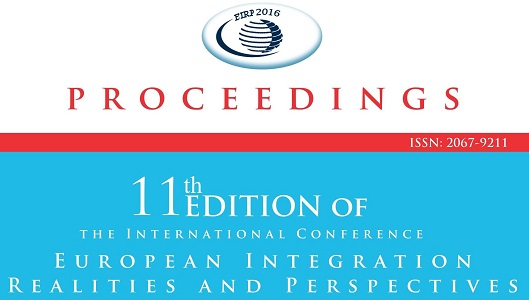The Association Policies and Economic Integration of the Republic of
Moldova into the EU and their Alternatives
The Association Policies and Economic Integration of the Republic of
Moldova into the EU and their Alternatives
Author(s): Gheorghe Rusu, Mihai Bumbu, Igor Cernăuţanu
Subject(s): Economy
Published by: Editura Universitară Danubius
Keywords: association and economic integration; imbalances and balances; crisis; recession; competitiveness of the national economy; sovereign risk; internal threat; Moldovan-European relations
Summary/Abstract: The policies and decisions of association and economic integration of the Republic of Moldova into the European economic social system have a pseudo-scientific, contradictory, fragmentary character. The implementation of these policies of association and European integration, beginning with the '90s and so far were not based on the principles developed and promoted by the modern and current economic growth theories and on the Association Agreement of the Republic of Moldova to the EU. All these actions of the government has led to the stagnation of the process of association and national economic integration into the EU, the deepening of instability and imbalances in the local economic system, to the increase of the level of vulnerability and to social constraints in comparison with EU countries. The results of the economic policies carried out in the years 2000 to 2015 confirms that from the point of view of social-economic development and the level of Association and economic integration, the Republic of Moldova is found more in the achievement of small and fragmented steps of conception of economic-financial integration instruments,reflected in modern and current economic theories. These processes have led to the inability of the State as to define its own objectives and priorities of development and socio-economic integration, as well as legitimized a continuous transition integration condition to the developed European economic market.
Book: European Integration - Realities and Perspectives Proceedings
- Page Range: 267-276
- Page Count: 10
- Publication Year: 2016
- Language: English
- Content File-PDF

